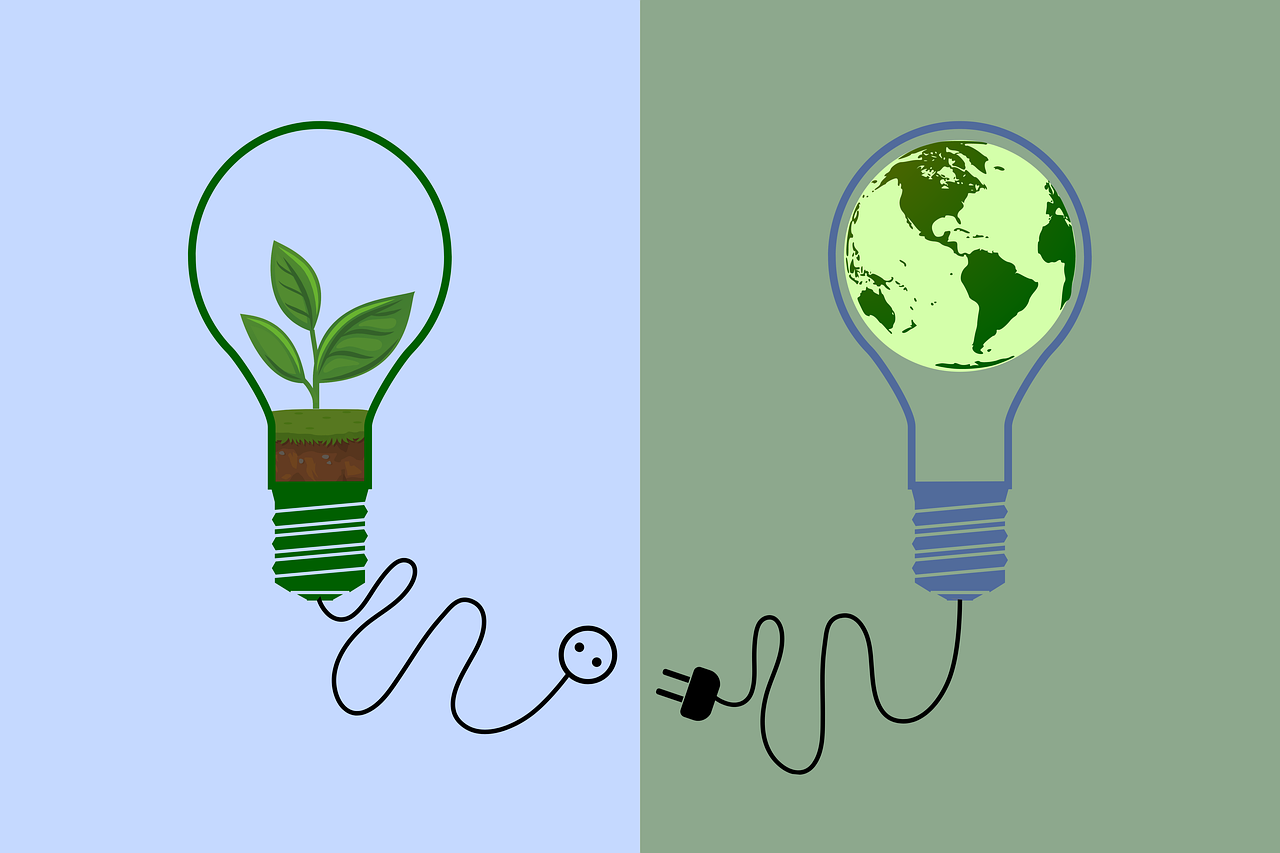In the current era where climate awareness and social responsibility drive consumer choices and corporate strategies alike, establishing a sustainable business model is no longer optional but imperative. Companies like Patagonia and Tesla have illustrated how proactive environmental stewardship can intertwine with profitability to redefine industry standards. The pressing demand for sustainable practices stems from rising global challenges such as climate change, resource depletion, and social inequities, prompting organizations to revisit their operational frameworks profoundly. Aligning business ambitions with sustainability ensures not only compliance with tighter regulations but also resonates with ethical consumers who prioritize impact over mere transactions. This landscape compels businesses to innovate continuously, diversify revenue streams, and engage stakeholders authentically, thus nurturing resilience amid market uncertainties. As 2025 unfolds, enterprises embracing sustainability are poised to capture emerging opportunities while fostering long-term growth and robust brand loyalty in an increasingly eco-conscious and socially aware marketplace.
Integrating Core Values and Mission to Forge a Sustainable Business Model
At the heart of every sustainable business model lies a well-defined set of core values and a compelling mission that articulate its commitment to responsible growth. Businesses such as The Body Shop and Eileen Fisher have championed ethical sourcing and community engagement, embedding sustainability into their brand DNA rather than treating it as a mere compliance endeavor. This foundational clarity is essential in shaping company culture, aligning team efforts, and communicating genuine intent to stakeholders.
Understanding your intrinsic values involves introspection and stakeholder dialogue, allowing businesses to pinpoint what truly matters—from environmental stewardship to social equity. These principles guide decision-making, influencing product development, supply chain partnerships, and customer relations. For instance, Unilever’s Sustainable Living Plan laid out ambitious goals aligning their corporate objectives with broader sustainable development targets, demonstrating how mission-driven strategies can spearhead transformative change across sectors.
Formulating a mission statement that resonates authentically with your target audience and employees encourages unwavering dedication toward objectives beyond fiscal success. This mission should clarify your long-term aspirations, addressing how your enterprise intends to create positive social and environmental impacts. Consider these critical questions:
- What enduring values does your company embody in its operations?
- How does your mission align with sustainability and ethical business norms?
- What lasting contributions do you aim to make in society and the environment?
Answering these provides clarity and a strategic compass. Patagonia’s commitment to environmental activism is woven into its mission, building a loyal community that mirrors its values and extends its influence beyond commerce. This clarity also attracts like-minded talent and partners to your mission, fostering innovation culture as highlighted in this resource, essential for continuous evolution and competitive advantage.
Moreover, genuine integration of sustainability in core principles differentiates brands in markets flooded with greenwashing. As businesses embrace transparent storytelling, as advised in effective brand communication guides, they deepen consumer trust, a vital currency for enduring success.

| Company | Core Sustainability Focus | Mission Statement Highlights |
|---|---|---|
| Patagonia | Environmental activism | Commitment to building responsibility into all products and business decisions |
| The Body Shop | Ethical sourcing and fair trade | Enriching communities and protecting the environment through business |
| Unilever | Climate action and social impact | Improving health and wellbeing while reducing environmental footprint |
In summary, articulating your core values and mission rooted in sustainable development serves as a strategic foundation. It steers your business model towards resilience, purpose-driven growth, and stakeholder alignment, crucial for thriving in today’s ecosystem of conscious capitalism.
Prioritizing Customer Needs and Delivering Enduring Value
Creating a sustainable business model hinges on understanding and adapting to your customers’ evolving needs with a focus on long-term value rather than short-term gains. Brands such as Seventh Generation and Beyond Meat exemplify how deep customer insight combined with sustainability can reshape industries. These companies prioritize transparency, product innovation, and health-conscious choices, satisfying consumer demand for ethical and environmentally responsible goods.
Effective customer-centricity begins with rigorous market research and consistent feedback loops to capture shifting preferences. Regular surveys, focus groups, and social listening enable you to tailor offerings dynamically to meet expectations while enhancing user experience. For example, IKEA responded to increasing demand for sustainable living by committing to circular economy principles, offering recycled materials and take-back programs to reduce waste.
Strategies to maximize customer value through sustainability may include:
- Offering ethically sourced, durable, and eco-friendly products that minimize environmental footprint.
- Creating personalized services that address customer aspirations and make sustainable consumption accessible.
- Engaging customers in storytelling that highlights your responsible practices and community impact, fostering deeper brand attachment.
- Utilizing technology to enhance transparency and traceability throughout product lifecycles.
Moreover, cultivating trust and loyalty by respecting customer values is a critical component of sustainable business success. Studies reveal that consumers today are more likely to remain loyal to brands demonstrating authenticity and consistency in ethical practices. This emotional intelligence in leadership, discussed in related insights, enables businesses to nurture genuine connections that endure market fluctuations.
One practical example lies in Ben & Jerry’s engagement with social justice issues. Their responsiveness to societal movements creates resonance with their audience, translating into repeat business and positive word-of-mouth. This strategy ties customer satisfaction with activism, enhancing the company’s brand equity.
| Strategy | Benefit | Example |
|---|---|---|
| Personalized sustainable offerings | Enhanced customer satisfaction and retention | Seventh Generation’s tailored eco-friendly products |
| Transparent supply chain communication | Increased trust and brand loyalty | Beyond Meat’s open sourcing of ingredients |
| Community engagement and storytelling | Emotional connection and advocacy | Ben & Jerry’s social campaigns |
By strategically prioritizing and understanding customer values intertwined with sustainability, businesses not only meet market demands but also strengthen brand resilience vital for long-term growth and impact.
Embedding Sustainability into Supply Chain and Operations
One of the most consequential steps in establishing a sustainable business model involves scrutinizing and transforming the supply chain and operational processes. Businesses like Interface and IKEA demonstrate the profound impact that environmentally responsible procurement and circular principles can have on reducing ecological footprints and fostering systemic change.
Supply chain evaluation should encompass assessment of environmental impacts such as greenhouse gas emissions, waste production, resource usage, and social factors like labor conditions and community effects. Through diligence, firms can identify hotspots for intervention and redesign practices to mitigate harm.
Key initiatives for embedding sustainability include:
- Sourcing renewable and ethically certified raw materials to uphold environmental and social standards.
- Collaborating closely with suppliers to establish shared sustainability goals and transparency.
- Optimizing logistics to cut emissions, utilizing energy-efficient transportation, and reducing packaging waste.
- Embracing circular economy models by encouraging recycling, refurbishment, and repurposing within supply chains.
Implementing such strategies has multidimensional benefits, including operational cost savings, enhanced brand reputation, regulatory compliance, and reduced risk exposure. Additionally, as illustrated by Tesla’s focus on sustainable manufacturing techniques and recyclable battery technologies, tech-driven advancements further catalyze supply chain transformation.
To facilitate the transition, companies can leverage technology and digital tools extensively, as detailed in resources on tech adoption for businesses. Using IoT-enabled tracking, AI analytics, and blockchain for transparency, firms gain precise insights, aiding continuous improvement.
| Action | Impact | Examples |
|---|---|---|
| Renewable material sourcing | Reduces environmental degradation | IKEA’s shift to FSC-certified wood |
| Supplier sustainability engagement | Improves social responsibility | Interface’s supplier partnerships |
| Logistics optimization | Decreases carbon footprint | Patagonia’s efficient distribution methods |

Ultimately, embedding sustainability into your supply chain and operations is integral to building a resilient and responsible business, enabling value creation for all stakeholders while safeguarding natural and human resources for future generations.
Innovating Business Models and Leveraging Technology for Sustainability
Innovation and technology are pivotal engines for crafting business models that not only survive but flourish sustainably over the long term. As companies like Tesla leverage cutting-edge battery tech and autonomous software to disrupt traditional automotive sectors, the imperative for continuous reinvention resonates strongly. Innovation extends beyond product features, encompassing novel revenue streams, partnerships, and value propositions.
Exploring business model innovations to embrace sustainability involves:
- Adopting circular economy principles that prioritize reuse, repair, and recycling throughout product lifecycles.
- Developing new revenue streams such as subscription services or shared ownership models that reduce waste and maximize resource utilization.
- Collaborating with other companies, NGOs, and governments to drive systemic change and amplify impact.
- Utilizing digital solutions for resource optimization, such as AI-powered analytics, blockchain for transparency, and IoT devices to monitor environmental parameters.
Technological integration can streamline execution and enhance scalability. For small businesses, embracing digital tools is vital to remain competitive and innovative in 2025’s fast-paced markets, as described in digital tools for entrepreneurs. These resources help optimize operations, reduce overheads, and highlight sustainability metrics crucial for informed decision-making.
Building a Sustainable Business Model for Long-Term Growth
Explore the key innovation areas driving sustainable business success. Click on each area to discover insights and real-world examples.
Circular Economy
The circular economy focuses on minimizing waste and making the most of resources through reuse, recycling, and regeneration. It creates closed-loop systems that reduce environmental impact and lower costs.
- Example: Companies redesign packaging to be 100% recyclable or biodegradable.
- Benefit: Reduces dependency on raw materials and boosts brand loyalty.
An inspiring example lies with Beyond Meat, whose plant-based alternatives disrupt conventional food models by reducing carbon and water footprints significantly. Such innovations meet growing consumer demand for healthier, sustainable options while creating new market categories.
| Innovation Area | Benefits | Example |
|---|---|---|
| Circular economy | Minimizes waste and resource use | Interface’s carpet recycling program |
| New revenue streams | Diversifies income and reduces risk | Subscription models for sustainable goods |
| Digital technology | Enhances efficiency and transparency | AI optimization in Tesla production |
Innovation grounded in sustainability is not merely a trend but a fundamental strategy for enduring relevance and growth.
Measuring, Adapting, and Scaling Your Sustainable Business Model
For sustainability efforts to translate into tangible, long-term business success, rigorous measurement and agile adaptation are imperative. Continuous monitoring ensures that actions remain aligned with goals, fostering resilience in an unpredictable business environment. Tesla’s iterative improvements in battery longevity exemplify continuous refinement based on performance data.
Establishing Key Performance Indicators (KPIs) that reflect environmental, social, and financial dimensions is essential. This comprehensive approach helps companies capture the nuanced impacts of their sustainable initiatives and identify areas for improvement. Typical KPIs include:
- Carbon footprint reduction and energy efficiency
- Waste minimization and recycling rates
- Customer satisfaction and retention linked to sustainability
- Financial performance, including ROI on sustainable projects
Developing an action plan with clear responsibilities and timelines facilitates smooth implementation. Additionally, flexibility in business plans enables rapid response to regulatory changes, technological developments, or market shifts. Such agility was vital for companies like IKEA during the rise of circular economy expectations.
Once foundational successes solidify, scaling up sustainability initiatives unlocks growth opportunities. Expanding partnerships, entering new markets attentive to eco-conscious consumers, and investing in green innovations drive profitability without compromising ethical commitments. Resources such as scaling your business while maintaining quality provide valuable frameworks.
| Step | Description | Outcome |
|---|---|---|
| Monitoring KPIs | Track sustainability over time | Informed decision-making and continuous improvement |
| Adapting to changes | Stay ahead of market and regulatory trends | Business resilience and relevance |
| Scaling initiatives | Expand programs and partnerships nationally/globally | Increased market share and brand impact |
By embedding measurement and adaptability deeply within strategy execution, businesses position themselves to navigate complexities and capitalize on opportunities for lasting growth.
Frequently Asked Questions on Building a Sustainable Business Model
What is a sustainable business model?
A sustainable business model operates in a way that creates value economically while considering its environmental and social impacts, aiming for long-term positive contributions.
How can business model innovation support sustainability?
Innovating your business model can introduce new ways to reduce ecological footprints, generate diversified revenue, and meet evolving customer needs sustainably.
Which KPIs are most important for monitoring sustainability?
Key KPIs include carbon emissions, energy consumption, waste reduction, customer retention linked to sustainable values, and financial returns from sustainability investments.
Can a sustainable business model be profitable?
Yes, integrating sustainability can lead to profitability by unlocking new markets, reducing costs, and strengthening brand loyalty, despite possibly requiring upfront investment.
What challenges arise in implementing sustainable practices?
Common challenges include upfront costs, resistance to change, aligning diverse stakeholder interests, and maintaining competitive agility.


